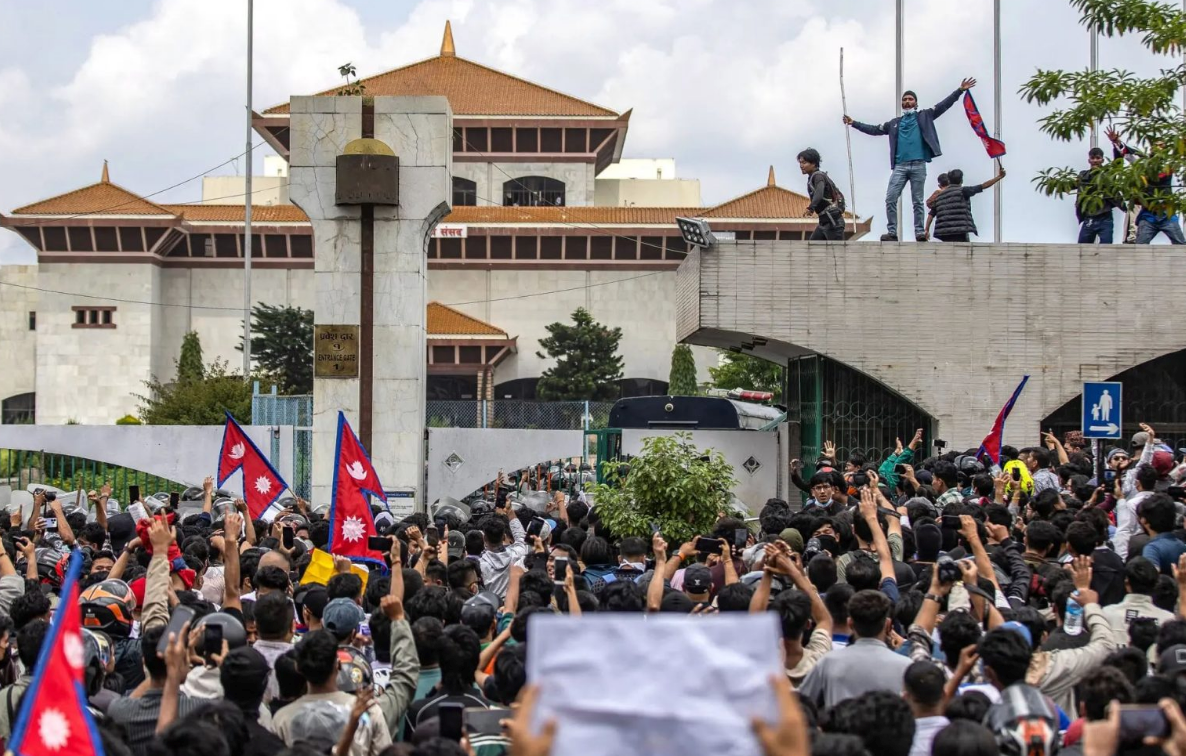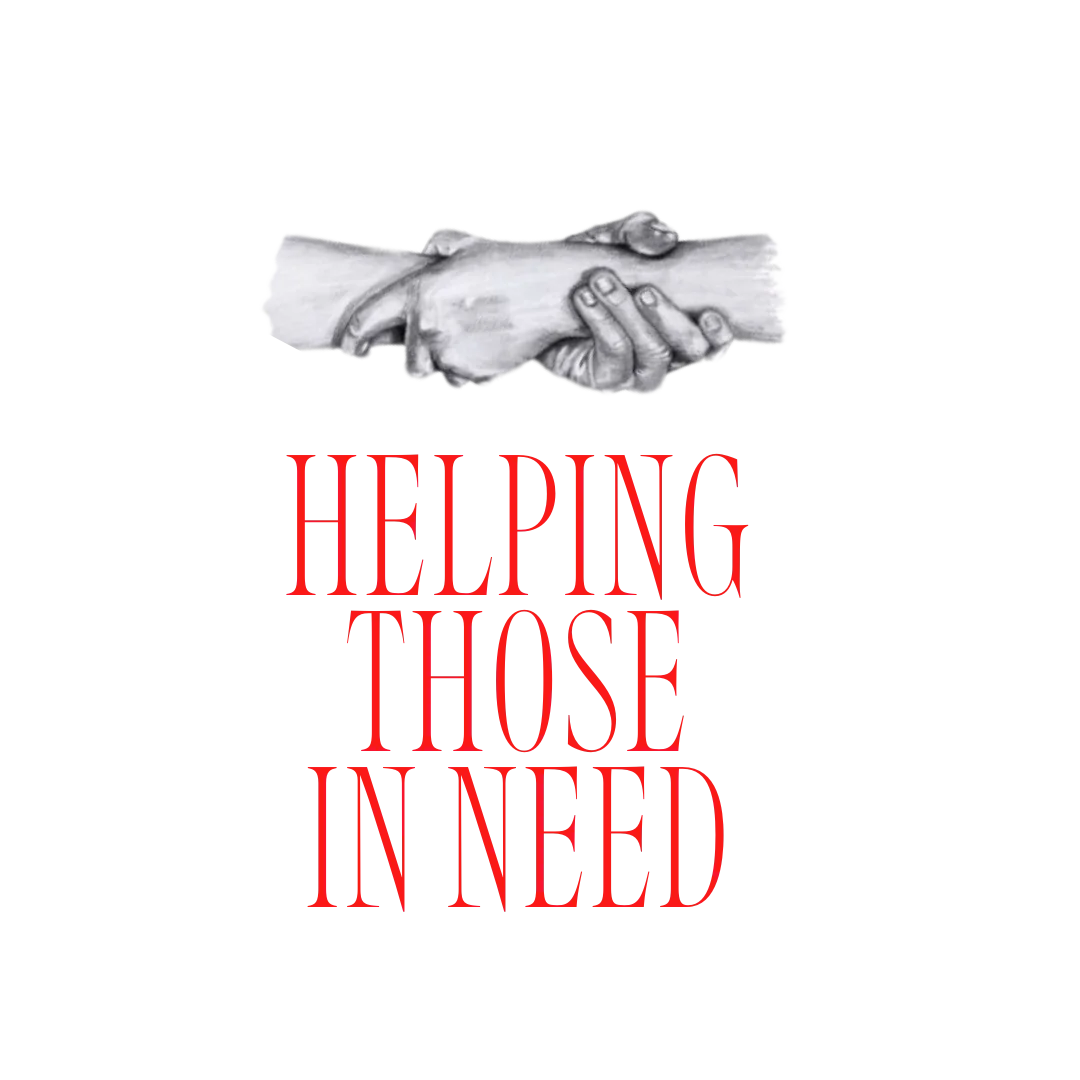In recent weeks, Nepal has been rocked by one of the most intense political uprisings in its modern history. What began as a peaceful protest against a social media ban quickly escalated into a nationwide revolt, culminating in the resignation of Prime Minister KP Sharma Oli and the collapse of key government institutions. This upheaval has not only reshaped Nepal’s political landscape but has also had unexpected ripple effects on the political stability of France and Japan.
The Spark That Lit the Fire
The unrest in Nepal was ignited in early September 2025 when the government imposed a sweeping ban on 26 social media platforms, including Facebook, X (formerly Twitter), and YouTube. The ban was widely perceived as an attempt to suppress dissent and control public discourse. However, it backfired spectacularly.
Nepal’s youth—particularly Gen Z—mobilized in protest, rallying against not just the ban but also deep-rooted corruption, nepotism, and economic stagnation. The protests were initially peaceful, but the government’s violent response, including live ammunition fired into crowds, turned public anger into revolutionary fervour.
Within days, Kathmandu was engulfed in flames. Protesters stormed and torched Parliament, the Supreme Court, and other government buildings. The homes of political leaders were attacked, and even the Tribhuvan International Airport was briefly shut down. The death toll climbed to over 70, with hundreds injured and many still missing.
Prime Minister KP Sharma Oli resigned amid the chaos, but his departure did little to quell the unrest. Protesters demanded systemic change, not just a change in leadership. The army was deployed to restore order, checkpoints were established, and movement restrictions were imposed across the Kathmandu Valley.
The uprising was not driven by foreign interference, despite speculation about India and China’s influence. Instead, it was a homegrown revolution, fueled by years of broken promises and a generation disillusioned by the failure of Nepal’s democratic experiment.
Since becoming a republic in 2008, Nepal has cycled through 14 governments, each plagued by infighting and corruption. The September uprising marks a turning point, with civil society now demanding transparent reforms, new elections, and a reimagined democratic framework.
The Global Echo—France and Japan
While the events in Nepal were localized, their impact has been felt far beyond its borders. In France and Japan, governments already teetering on the edge of crisis found themselves unconsciously destabilized by the Nepalese revolt.
In France, President Emmanuel Macron’s administration was already facing mounting pressure over pension reforms, police violence, and economic inequality. The Nepalese uprising, widely covered on European media and social platforms, emboldened French youth movements, particularly those organizing around digital rights and anti-corruption.
The viral spread of Nepal’s “Nepo Kids” trend—highlighting the lavish lifestyles of politicians’ children—resonated with French activists who had long criticized the elite’s detachment from ordinary citizens. Within weeks, protests in Paris intensified, drawing parallels to Nepal’s revolt. The French government’s attempt to pass a controversial surveillance bill was met with fierce resistance, and Macron’s approval ratings plummeted.
By late September, key ministers resigned, and Macron faced a no-confidence vote that ultimately led to the dissolution of parliament. Analysts suggest that Nepal’s uprising served as a psychological catalyst, reinforcing the idea that entrenched systems can be overturned by collective action.
Japan’s political crisis was more subtle but equally profound. Prime Minister Fumio Kishida had been struggling with declining popularity due to economic stagnation, rising youth unemployment, and scandals involving cabinet members. The Nepalese protests, particularly their digital origins, highlighted Japan’s own generational divide.
Japanese youth, frustrated by limited opportunities and political inertia, began organizing online forums to compare their situation to that of Nepal. The contrast between Nepal’s fiery demand for change and Japan’s subdued political culture sparked a wave of student-led demonstrations in Tokyo and Osaka.
Kishida’s administration, already weakened by internal party disputes, failed to respond effectively to the crisis. When footage of Nepalese protesters storming parliament went viral in Japan, it triggered a symbolic protest outside the National Diet Building. Though peaceful, the demonstration drew tens of thousands and forced Kishida to resign amid calls for generational reform.
The Aftermath and What Comes Next
Nepal now stands at a crossroads. The resignation of KP Sharma Oli has created a power vacuum, and while the army has restored a semblance of order, the demand for democratic renewal remains urgent. Civil society groups are pushing for a transitional government, constitutional reforms, and international oversight to ensure free and fair elections.
Globally, Nepal’s uprising has become a case study in how digital repression can backfire and how youth-led movements can reshape political narratives. The events have sparked conversations in academic and diplomatic circles about the fragility of democracies and the power of online mobilization.
In France and Japan, the Nepalese revolt served as a symbolic accelerant, amplifying existing frustrations and inspiring action. While the governments in both countries were already vulnerable, the psychological impact of seeing another nation’s youth topple a corrupt regime proved transformative.
Nepal’s September uprising was more than a domestic crisis—it was a global wake-up call. It demonstrated that in an interconnected world, the fight for justice and transparency in one country can inspire movements across continents. As Nepal rebuilds, its story will continue to influence political discourse far beyond its borders.





















